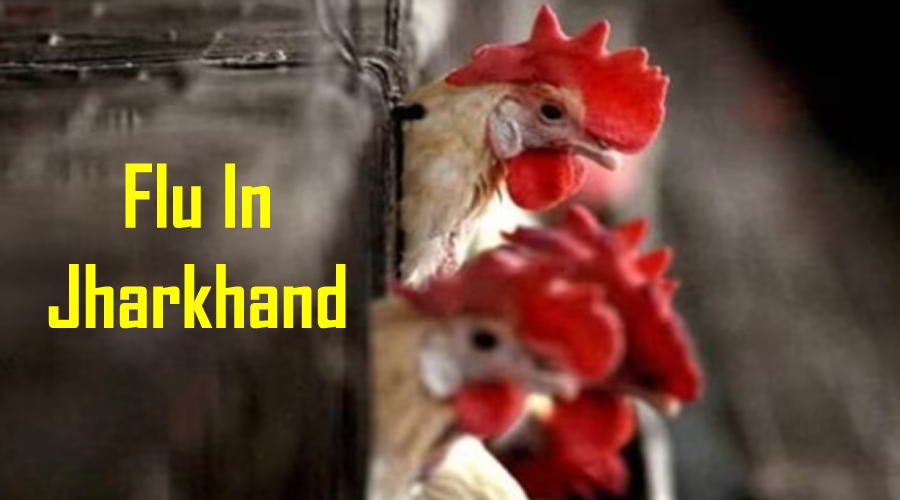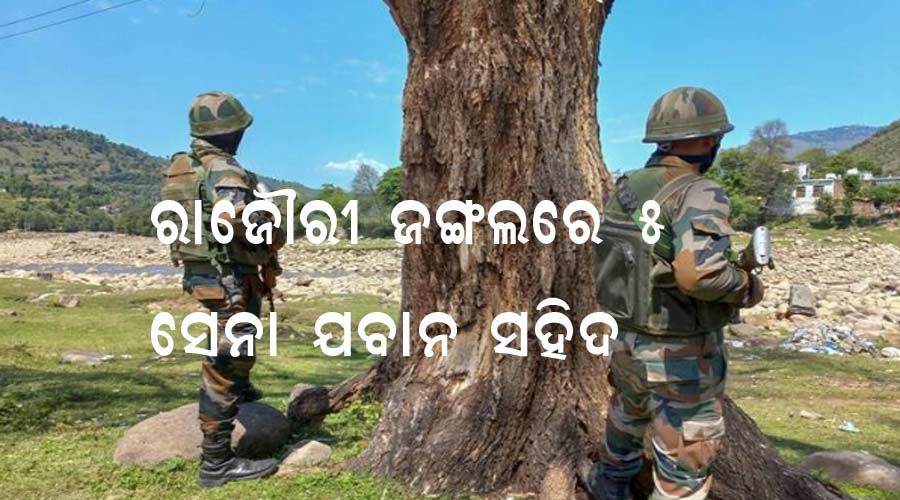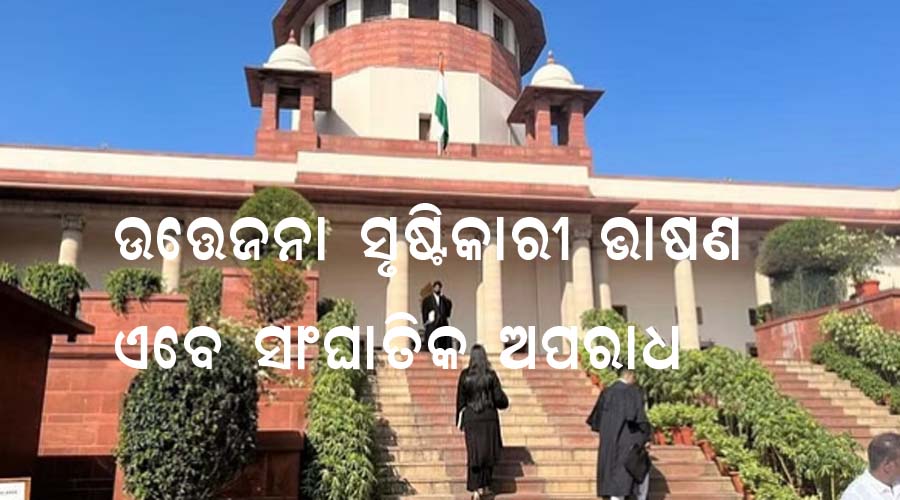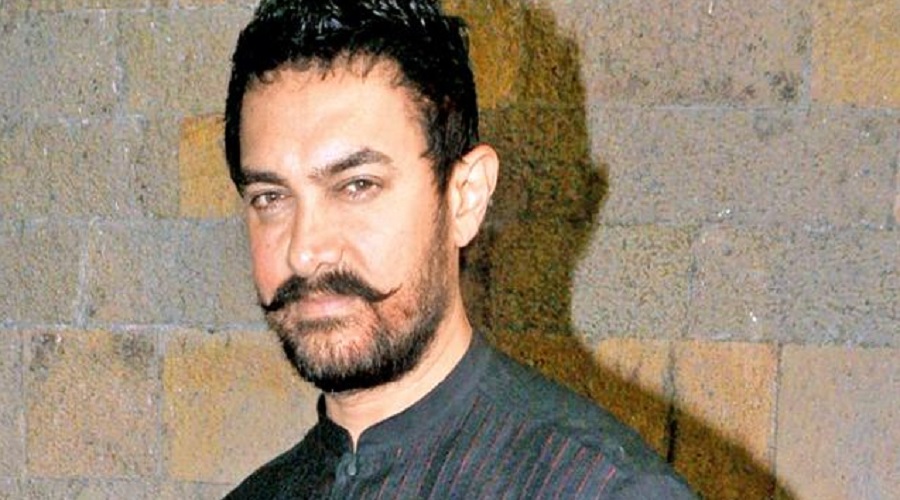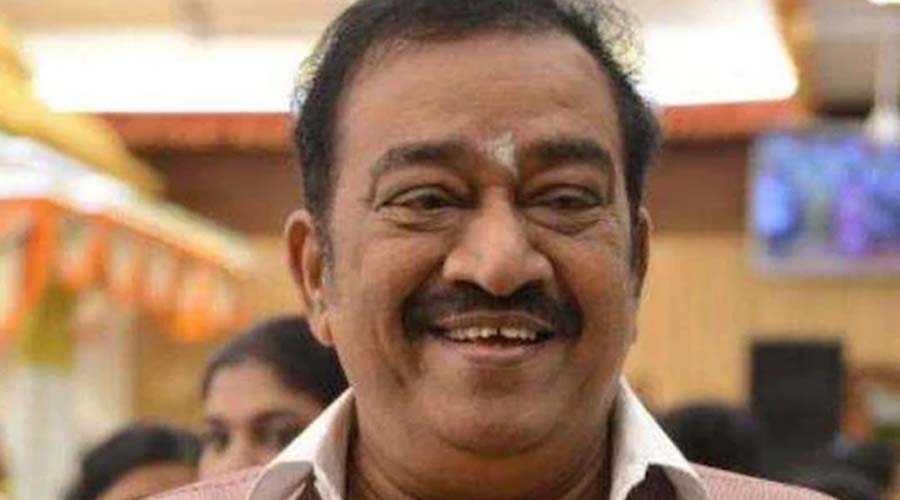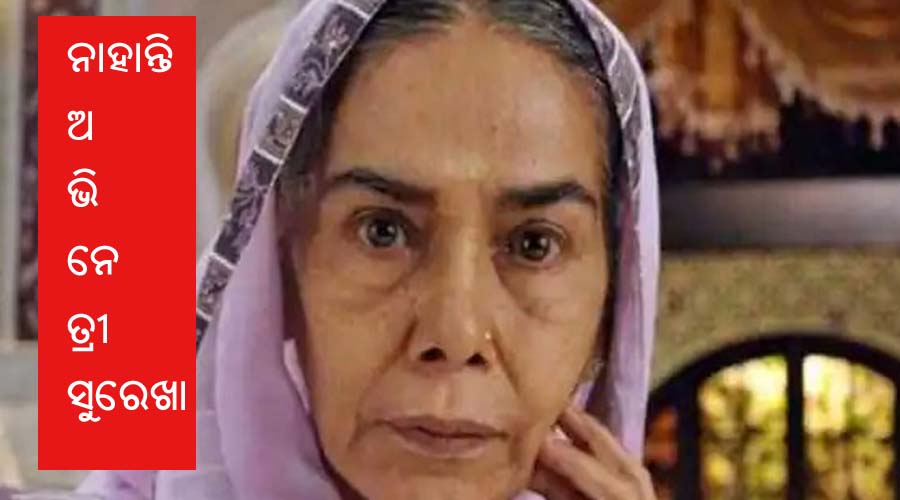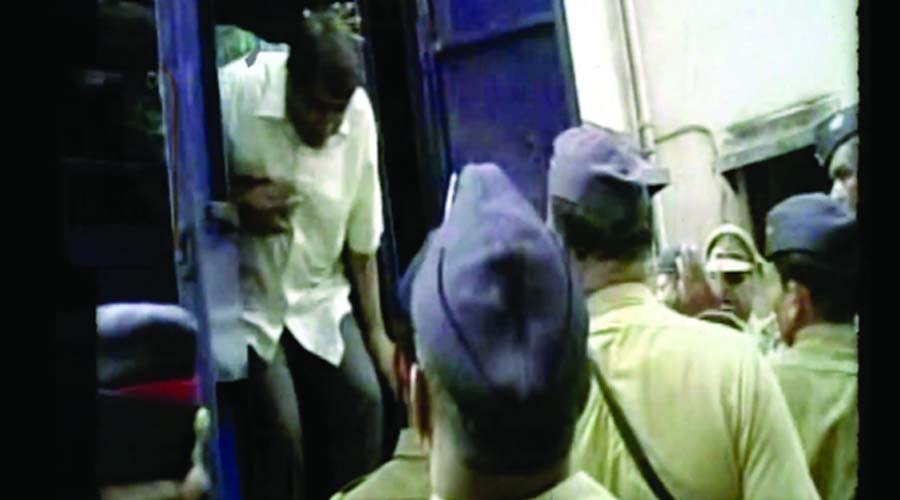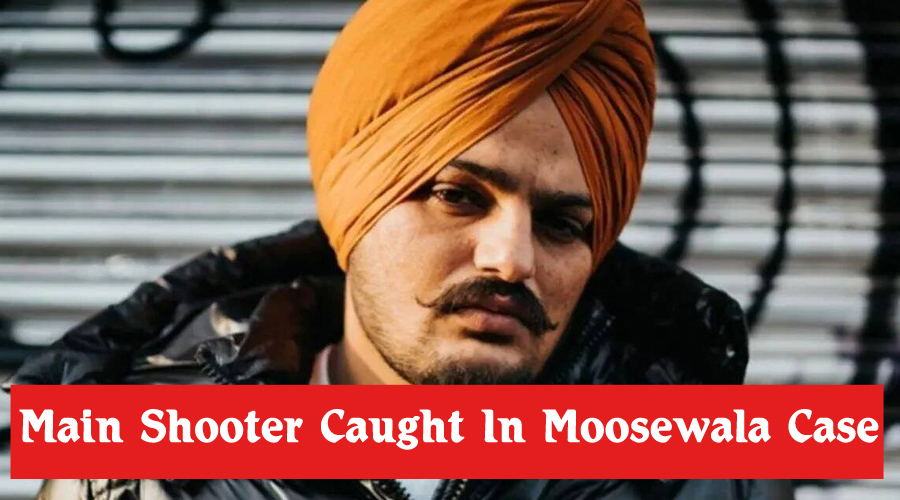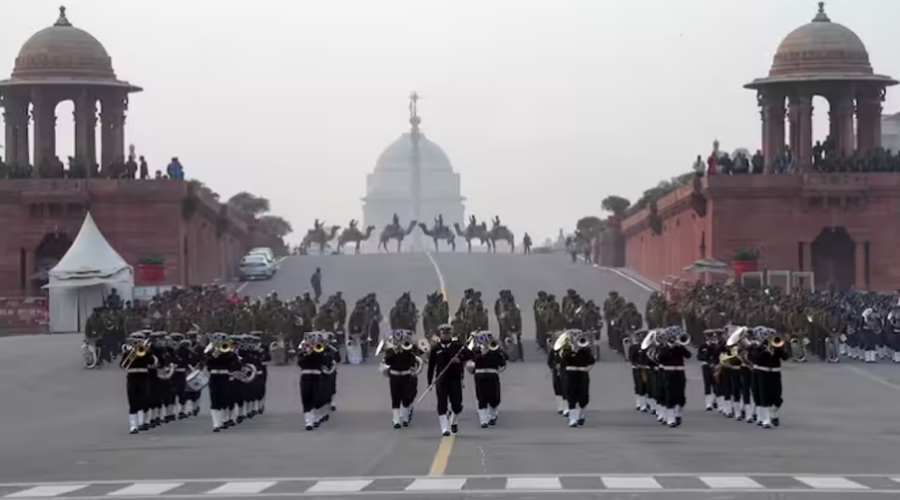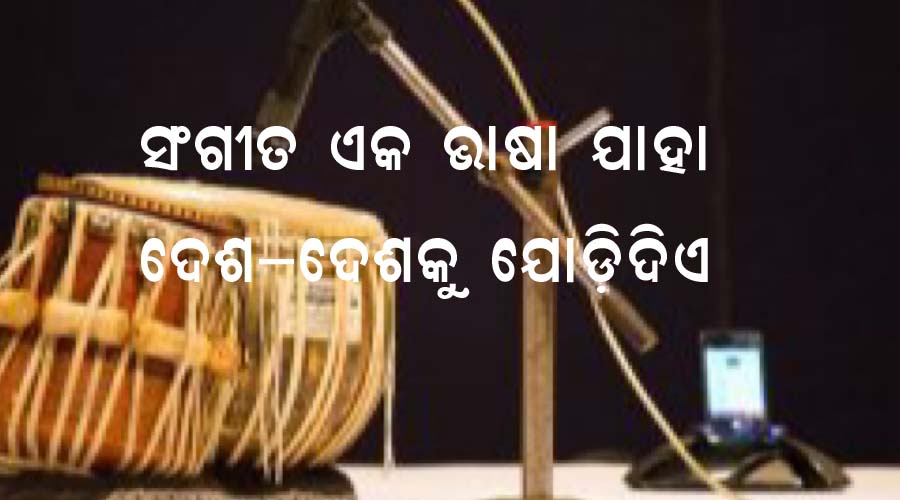7 Years After Tragedy, Sathram Route Is A Challenge On Sabarimala Order
- 17-Nov-2018
- 0 Comments
Thiruvanantapuram: One of the alternate and frankly lesser-used routes that Sabarimala pilgrims take every year during the annual ‘mandala’ pooja festivities. Despite its adverse geographical contours, this route offers pilgrims the advantage of reaching the ‘sannidhanam’ (main temple) at Sabarimala directly, bypassing the long queues at Pamba and Nilakkal, the main base camps of the shrine. This 12.5 km route, that begins at Sathram – a tiny village surrounded by tea estates – involves an initial steep, uphill trek of 2-km and then meanders through the deep jungles of the Periyar Tiger Reserve, home to wild elephants, gaurs and of course, tigers. Forest department officials, who are stationed along the way, however, assure that pilgrims are allowed to enter the trail only after making sure there are no wild animals along the way. Unlike the Nilakkal-Pamba base camps which witness a continuous stream of pilgrims, devotees at Sathram are allowed entry only from 7 am to 2 pm in the afternoon. Night travel through the jungles is neither encouraged nor allowed.
On Saturday, a 117-member strong police contingent oversaw the first batch of pilgrims as they arrived at Sathram to travel towards Sabarimala. The police strength, as compared to previous years, has been amplified here to ensure a safe and peaceful pilgrimage season, especially after the Supreme Court in September, passed a landmark ruling lifting age-restrictions on the entry of women at the temple. The two times the temple opened in the last one month, there was heavy pushback on the ground at Nilakkal and Pamba between young women attempting to enter and the mostly male-protesters. On Friday, a popular Maharashtra-based activist was forced to return home after a barrage of right-wing protesters assembled outside the airport terminal in Kochi to block her way.
Aside from the implications of the Supreme Court verdict, police deployment in large numbers and their prudent check on pilgrim movement at Sathram makes sense for a different reason. For, not too long ago in January 2011, alleged police indifference and lack of arrangements are said to have led to a terrible stampede at Pullumedu, a halfway point between Sathram and Sannidhanam, that claimed the lives of 102 Ayyappa pilgrims. The incident had jolted sense out of the then-CPM administration which realised the need for better crowd control measures for one of India’s most popular annual pilgrimages.
For many, the incidents of that day evoke painful memories that have still not subsided.
If there were even half of the police officials that you see today deployed then, that accident wouldn’t have happened. So many innocent pilgrims wouldn’t have died. People said that not a single drop of blood was spilt on the ground that night. All the 102 swamis suffocated to death. For many, the incidents of that day evoke painful memories that have still not subsided.
Last year, as compared to the crores of devotees who accessed Sabarimala through the Pamba base camp, just around 47,000 pilgrims took the route through Sathram, most of them from southern parts of Kerala and Tamil Nadu. But forest and police officials are estimating a higher number of devotees this time, due to restrictions on vehicular parking at Nilakkal.
Anoop, a 24-year-old who arrived at Sathram as part of a 13-member gang from Peroorkada in Thiruvananthapuram, said he always opts for the trek through Sathram as it is exciting to travel through the jungle.



